
To write one summary post for all these projects hardly does justice to how much I love these pieces, how much I learned making them, and how knitting with local materials has deepened my connection to my local landscape and community. Alas, we’re nearing the end of January and it’s high time to round up what I made for my One Year One Outfit challenge. Spoiler alert: there is no true “outfit” but there are 3 sweaters, 1 shawl, and one hat, which truly reignited my love for knitting and led me to explore local fiber and local dyes, resulting in hard-working wardrobe staples.
A note: I wish I had the time or foresight to photograph these pieces outdoors, in the actual fibershed environment, but at the time I was able to shoot them, the day’s high was 1 measly degree (F), so here I am in my sunroom. I modeled each of my local fiber garments over my favorite and very special dress, which is not hyper-local, but it is made of organic cotton fabric grown by Sally Fox, milled and woven in Japan nearly two decades ago. The fabric was imported last year by Kristine of A Verb for Keeping Warm in collaboration with Sally Fox, and the pattern is the Prism dress also by A Verb for Keeping Warm, with the in-line pocket addition I wrote about here. I told a bit more of this dress’s story on Instagram during Slow Fashion October, and it seemed fitting to wear it as the foundation for my local knitwear.
And now, a lightning tour of 2015!
January

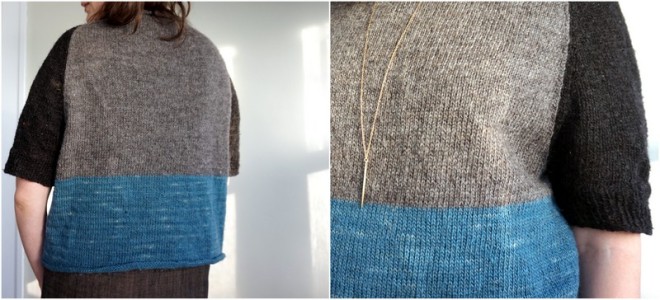
Garment: my first sweater!
Fibershed: Northern California
Pattern: Hayward by Julie Hoover for Brooklyn Tweed. Mods noted on Ravelry.
Fiber: Twirling Petals yarn in Earl Grey, Drunken Ollie in Eucalyptus, Indigo on Muffy
Farmer: Mary Pettis-Sarley (photo below via Tolt Yarn & Wool)
 Notes: This sweater reignited my love for knitting. I learned to knit about 10 years ago, made a few small accessories, and drifted away from knitting during college. In 2014 I lost my favorite hand knit cowl and sought a creative outlet from my job, which was nearly equal parts very stressful and very rewarding. So in the fall of 2014, after meeting Rebecca Burgess and getting to know the Fibershed community, inspiration overcame intimidation and I decided to knit my first full sweater. I decided to look for a Brooklyn Tweed pattern with a low difficulty rating, because I liked the contemporary designs and heard that the instructions were detailed. I settled on this simple pullover, and searched for a local yarn alternative to Loft. I heard great things about Twirl, and loved the whimsy of the logo and the yarn names, so I took a day trip to Knitterly in Petaluma and spent a long time looking at color combinations. There wasn’t quite enough of any one color that I liked, so I decided to color block the pieces. Around this time, I had been living on a very small budget and had mostly bought secondhand clothing for the past few years, so saving up for and purchasing a sweater’s worth of yarn felt like a big investment – it was probably the most I had spent on any one item in at least five years. It was so rewarding to spend those savings in support of local businesses run by inspiring women. Yarn in hand, I started my sweater. I knit in the mornings before work, I knit on BART, I knit some days on my lunch break on a patio full of business people, and I knit a lot in the evenings after Jenn went to bed (at the time she was a baker and worked very early mornings) — I was hooked! Finishing this sweater in early 2015 felt triumphant – and exuberant! I love it to pieces and am keeping it out of rotation this winter to preserve its longevity (it’s the perfect spring/summer/fall layer).
Notes: This sweater reignited my love for knitting. I learned to knit about 10 years ago, made a few small accessories, and drifted away from knitting during college. In 2014 I lost my favorite hand knit cowl and sought a creative outlet from my job, which was nearly equal parts very stressful and very rewarding. So in the fall of 2014, after meeting Rebecca Burgess and getting to know the Fibershed community, inspiration overcame intimidation and I decided to knit my first full sweater. I decided to look for a Brooklyn Tweed pattern with a low difficulty rating, because I liked the contemporary designs and heard that the instructions were detailed. I settled on this simple pullover, and searched for a local yarn alternative to Loft. I heard great things about Twirl, and loved the whimsy of the logo and the yarn names, so I took a day trip to Knitterly in Petaluma and spent a long time looking at color combinations. There wasn’t quite enough of any one color that I liked, so I decided to color block the pieces. Around this time, I had been living on a very small budget and had mostly bought secondhand clothing for the past few years, so saving up for and purchasing a sweater’s worth of yarn felt like a big investment – it was probably the most I had spent on any one item in at least five years. It was so rewarding to spend those savings in support of local businesses run by inspiring women. Yarn in hand, I started my sweater. I knit in the mornings before work, I knit on BART, I knit some days on my lunch break on a patio full of business people, and I knit a lot in the evenings after Jenn went to bed (at the time she was a baker and worked very early mornings) — I was hooked! Finishing this sweater in early 2015 felt triumphant – and exuberant! I love it to pieces and am keeping it out of rotation this winter to preserve its longevity (it’s the perfect spring/summer/fall layer).
May

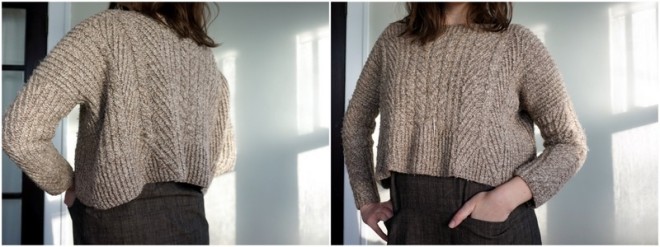
Garment: marled Ondawa
Fibershed: Northern California
Pattern: Ondawa by Michele Wang for Brooklyn Tweed. Mods noted on Ravelry.
Fiber: Radius by Knitterly Petaluma in Alpaca/wool marl
Farmer: Mimi Luebbermann, Windrush Farm (photo below via Fibershed)

Notes: After finishing my first sweater I was hooked on knitting once again, and really drawn to knitting this pattern, which I had tried on at the Brookyn Tweed trunk show at A Verb for Keeping Warm. In my mind I pictured it in the perfect shade of camel, but I had a hard time finding the right color, until I came across the new Radius offerings by Knitterly. I got really excited about this marled alpaca/wool blend (I think it’s basically an alpaca single plied with a wool single) and from there the knitting went much faster than I expected. This sweater is so warm and soft, and practically a security blanket for me. I love the cream color and the way the busy cables and subtle marl interact, and I just wish it wouldn’t pill quite so much (the downside of very soft fibers and a lightly spun yarn), but I can’t see myself stopping wearing it any time soon.
October

Garment: Pure transition shawl
Fibershed: Northern California & Twin Cities
Pattern: Pure by cabinfour. Mods noted on Ravelry.
Fiber: Radius by Knitterly Petaluma in Alpaca/wool blend; local merino by Rach-Al-Paca Fiber Mill
Farmer: Various; Photo below of Rach-Al-Paca Mill in Hastings, Minnesota

Notes: I knit this shawl as the temperatures shifted from mild to cold, and the dry fall air lent an urgency to the changing seasons. My grandmother passed away, not unexpectedly, and I spent two days wrapped in my favorite afghan that she knit, watching this shawl take shape, melding the places I’ve recently called home. The lighter, silvery-brown is a blended yarn from the Radius yarn that was actually sent to me by mistake when I needed an extra skein for my Ondawa sweater. I used the stitch pattern sections as my guide for alternating the yarn with a naturally-colored, chocolate brown Merino raised by a small farmer who lives right down the road from Rach-Al-Paca Fiber Mill, where I purchased the yarn. The color is rich and the yarn is squishy but hearty. This shawl is might just be my signature winter accessory, and I wear it almost every day, usually wrapped around my neck as a giant kerchief. It makes an excellent barricade against sub-zero wind chill.
November


Garment: flockalong cardigan
Fibershed: Northern California
Pattern: Liv Light by Carrie Bostick Hoge. Mods noted on Ravelry.
Fiber: Flock, 1st Edition by A Verb for Keeping Warm, in granite
Farmer: Various; learn all about how Flock was made here (photo below via AVFKW)

Notes: I actually knit this sweater after moving to Minnesota, when I probably should have focused on a Minnesota fiber project. Instead, I became totally smitten with the gorgeous yarn created by Kristine and the team at A Verb for Keeping Warm. I have no regrets. It took me a very long time to knit this fingering-weight cardigan, but I love the simplicity of the top-down pattern and the way the yarn changed from white to cream to shades of gray. The color variations are natural and due to the way distinct fiber (Cormo, Corriedale, and Targhee) from three different flocks was blended while spinning. I actually had the opportunity to tour Green Mountain Spinnery, where Flock was spun, while visiting friends on the east coast this summer, and it was magical. Peeking behind the scenes at the spinning process added another element of depth to this knitting project, and I think this yarn is a great example of how to incorporate different fiber properties and embrace the diversity of local sheep breeds.
December


Garment: coreopsis Jul
Fibershed: Twin Cities
Pattern: Jul hat by Wiksten. Notes coming to Ravelry soon.
Fiber: Alpaca/merino blend by Rach-Al-Paca Farm and Fiber Mill, dyed in foraged coreopsis
Farmer: Rachel Boucher

Notes: I started working from home this summer, and have found it both freeing and overwhelming. I find it important to take breaks and get outside every day, and one day on the cusp of early fall, I rode my bike up a local trail, searching for dyestuffs. I found neither black walnuts nor pokeberry (as I had hoped), but a patch of wildflowers in the parking lot of an office complex caught my eye. I pulled over, and immediately recognized the yellow flowers with blood red centers as dyers’ coreopsis. I harvested quickly and tried to explain to a confused receptionist exactly why I was loitering in the parking lot (note to foragers: go after work hours). I created a solar dye bath and took a chance on dyeing a whole skein of yarn (about twice the weight of the dyestuff). The resulting golden color made a cheerful hat that is slouchy, warm, and super soft thanks to the alpaca. The fiber was raised in Minnesota and milled in Hastings, Minnesota by Rachel Boucher, a passionate and prolific farmer and small business owner.
& in case you’re wondering what the full “outfit” looks like…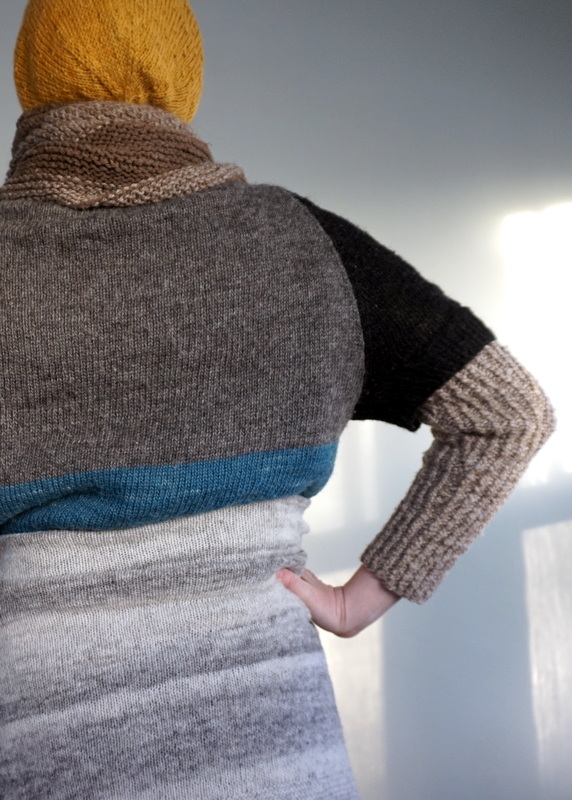
End note: Here is where I should tell you that I contribute to Fibershed’s non-profit educational/advocacy work with research, communications, program support, and general operations. It has been a joyful and exciting journey to get involved with the organization, and I’m thrilled to support its mission and vision. These knits, and this blog in general, are my personal projects and all opinions stated here are my own. I love taking part in the One Year One Outfit challenge — which I am personally extending into a 2 Years 1 Outfit challenge (wink) — and I think Nicki is doing a tremendous job energizing people around the world with the One Year One Outfit challenge to explore what it means to dress locally. I just want to be completely honest about my bias in support of this project and Fibershed in general, since I am sort of wearing two hats as a staff member and affiliate member — two hats that are locally grown, naturally dyed, and locally made, whenever possible!
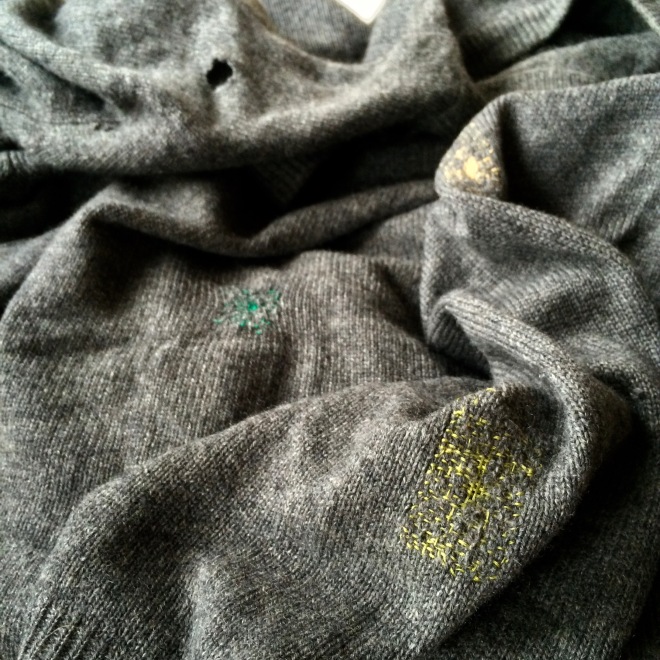
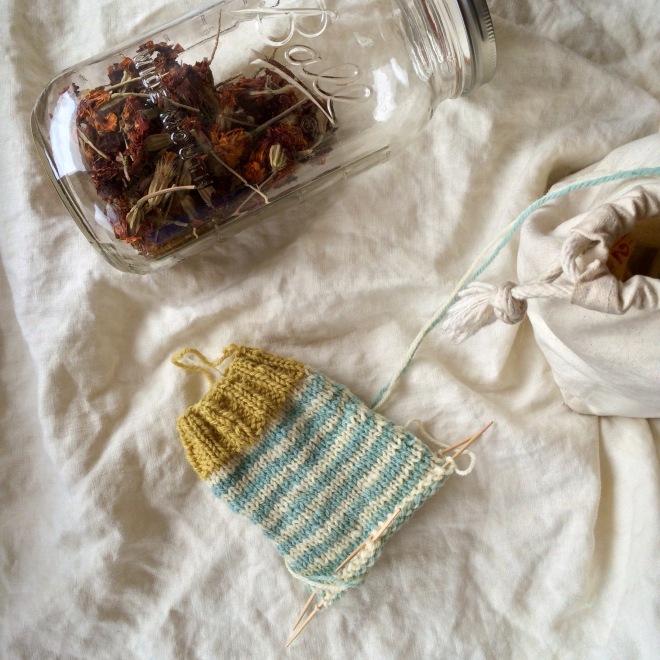

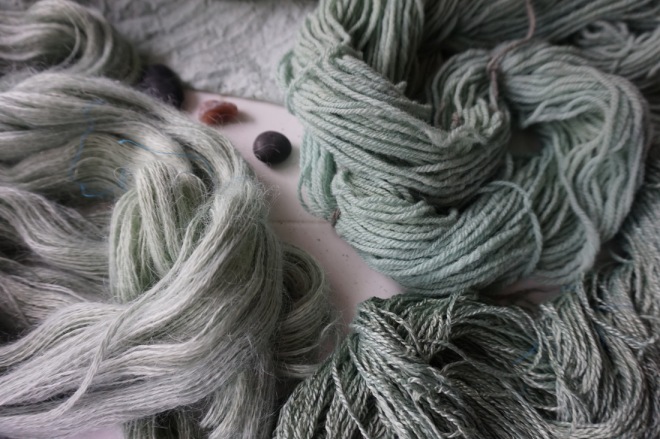
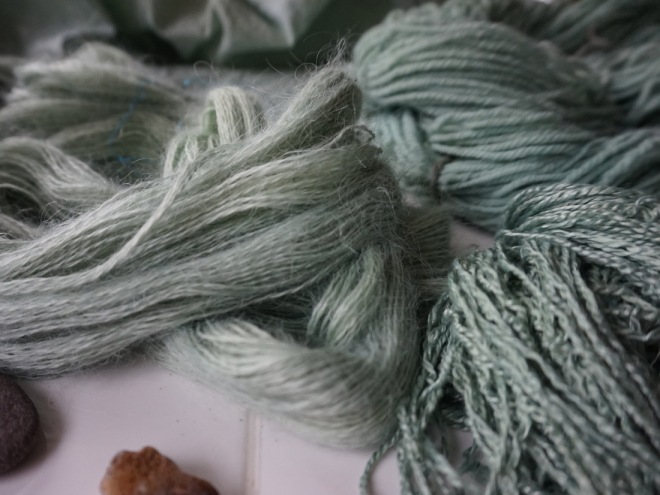

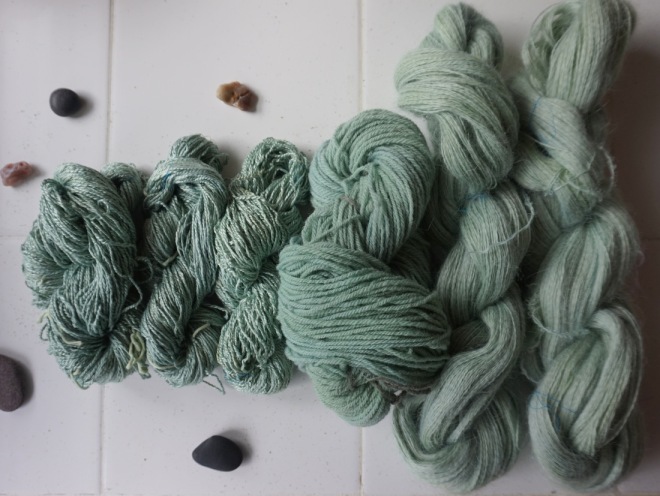

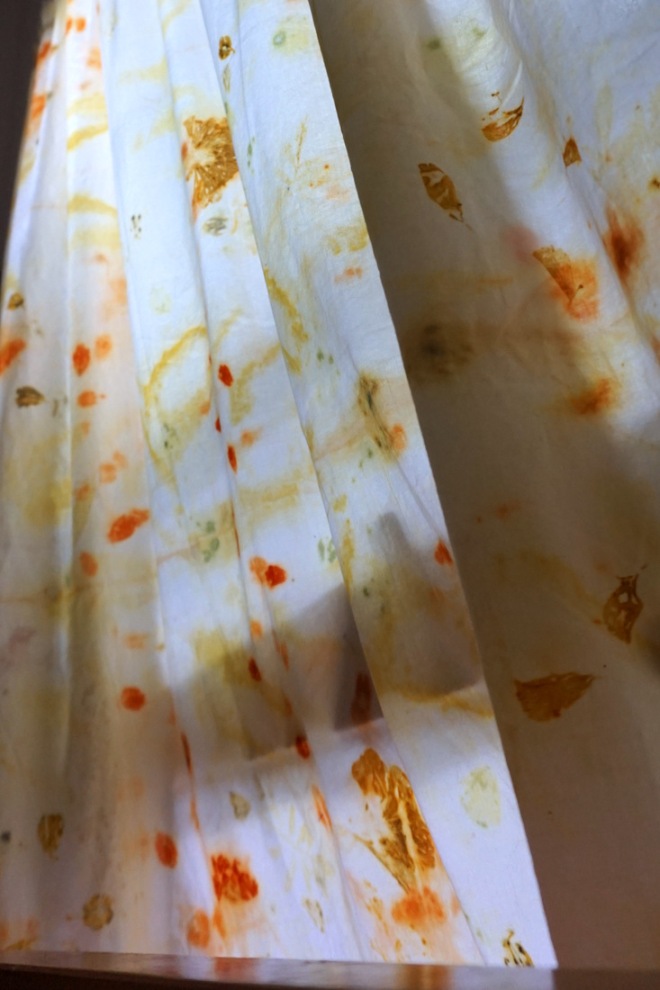

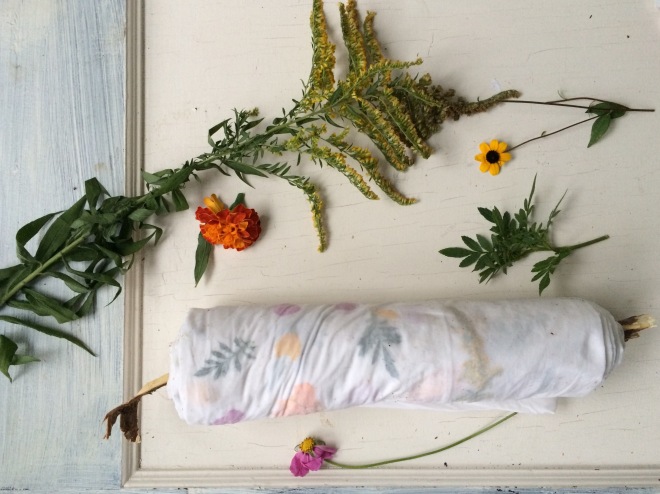
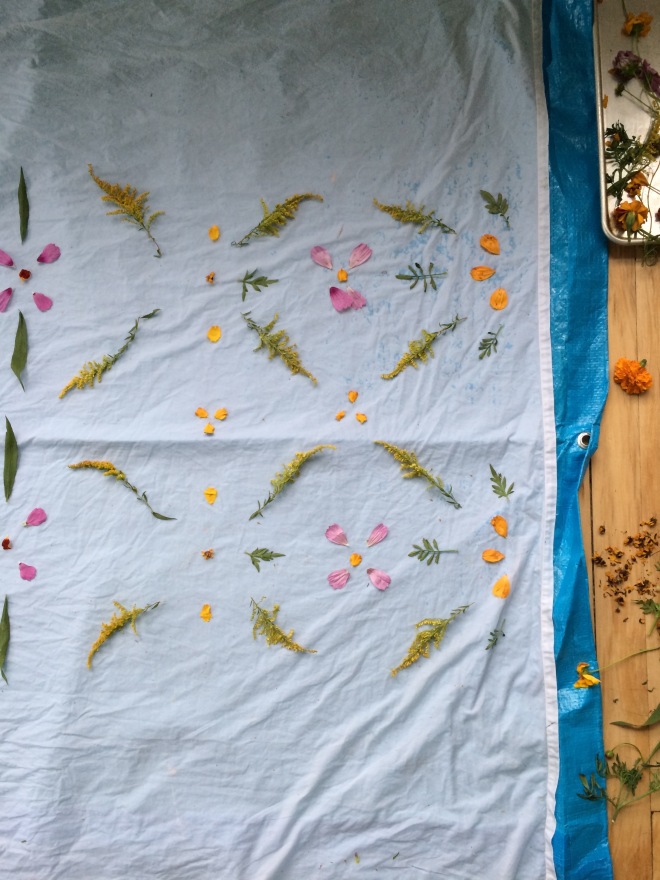



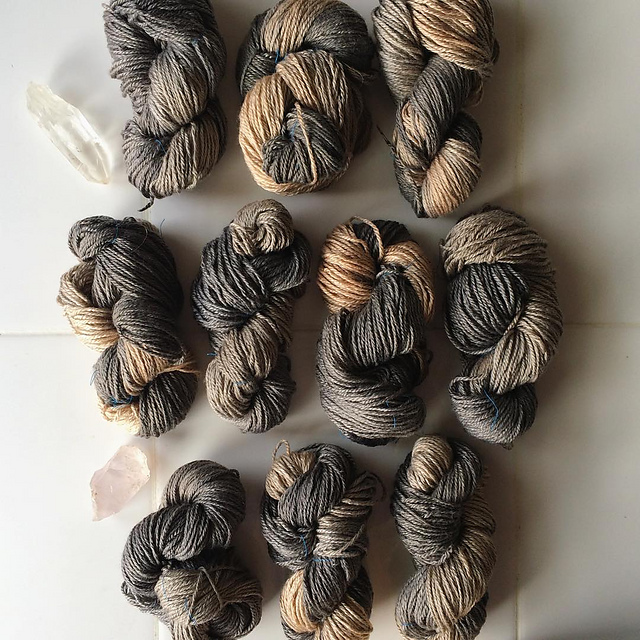
 As makers, we can have total freedom over what clothing to create and wear. But do you ever feel like:
As makers, we can have total freedom over what clothing to create and wear. But do you ever feel like:














 Notes: This sweater reignited my love for knitting. I learned to knit about 10 years ago, made a few small accessories, and drifted away from knitting during college. In 2014 I lost my favorite hand knit cowl and sought a creative outlet from my job, which was nearly equal parts very stressful and very rewarding. So in the fall of 2014, after meeting Rebecca Burgess and getting to know the
Notes: This sweater reignited my love for knitting. I learned to knit about 10 years ago, made a few small accessories, and drifted away from knitting during college. In 2014 I lost my favorite hand knit cowl and sought a creative outlet from my job, which was nearly equal parts very stressful and very rewarding. So in the fall of 2014, after meeting Rebecca Burgess and getting to know the 

















